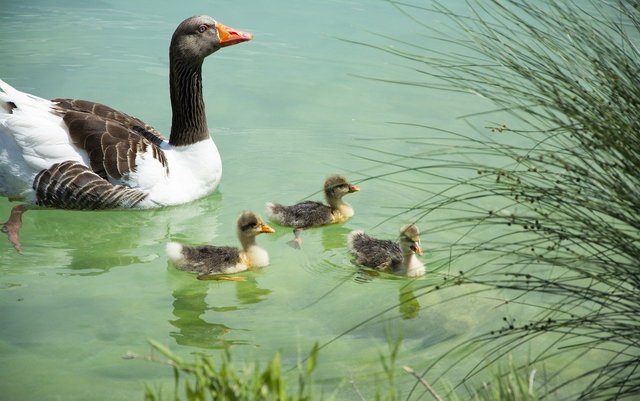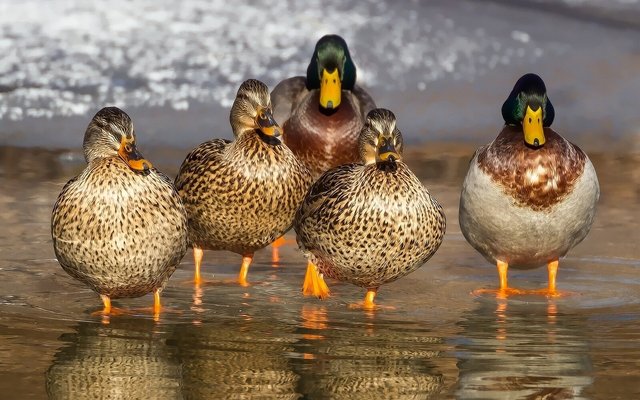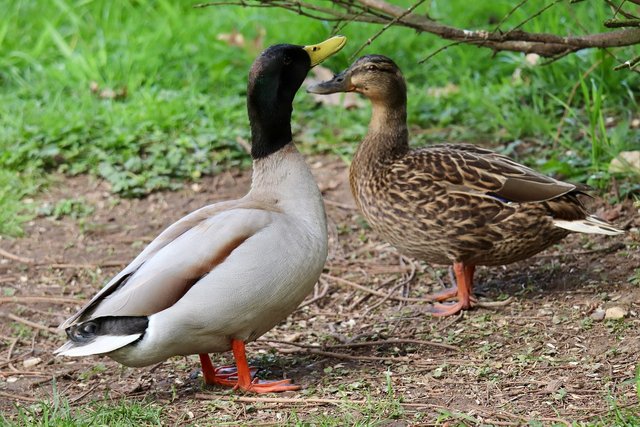Do you know how ducks form social relationships with each other?

Ducks are social animals that tend to form orderly flocks within their brood for a variety of reasons, including safety, reproduction, and efficiency in finding food. This process involves several important steps that occur naturally in the lives of wild ducks.
First of all, ducks tend to form associations or groups known as "gaggles". This gaggle consists of several ducks which usually come from one group or from several families that live close together in a water environment such as a lake or swamp. This group is usually led by a duck who is older or more experienced in leading and determining the direction of the group's movement.

One way ducks form orderly gatherings is through sequential gathering behavior. This means that ducks will gather in certain places at certain times, for example when looking for food in the morning or evening. This gathering place is often a place known to the group and becomes a meeting point before they leave together to find food or rest.
Apart from that, ducks also use visual and vocal communication to defend their group. They will often emit a distinctive call that can be heard by the rest of the group, either to call if separated or to signal danger if they feel threatened. Visual communication is also important; for example, ducks may show increased tension or alertness by changing their body position or holding their heads high.

During the breeding season, ducks also form flocks for reproductive purposes. They will often gather in safe places to lay their eggs and raise their young ducklings. Because protection from predators is a crucial factor, ducks often form larger flocks to increase their security, with some ducks acting as guards while others nest or raise young.
Overall, flocks of ducks within their brood are formed naturally through social behavior and the need to protect themselves and their offspring. They use visual communication, sound, and group behavior to create a safe and efficient environment for survival in their natural habitat. These gatherings not only offer physical protection but also facilitate the exchange of information and care between group members, creating a strong social network among wild ducks.
Upvoted. Thank You for sending some of your rewards to @null. It will make Steem stronger.